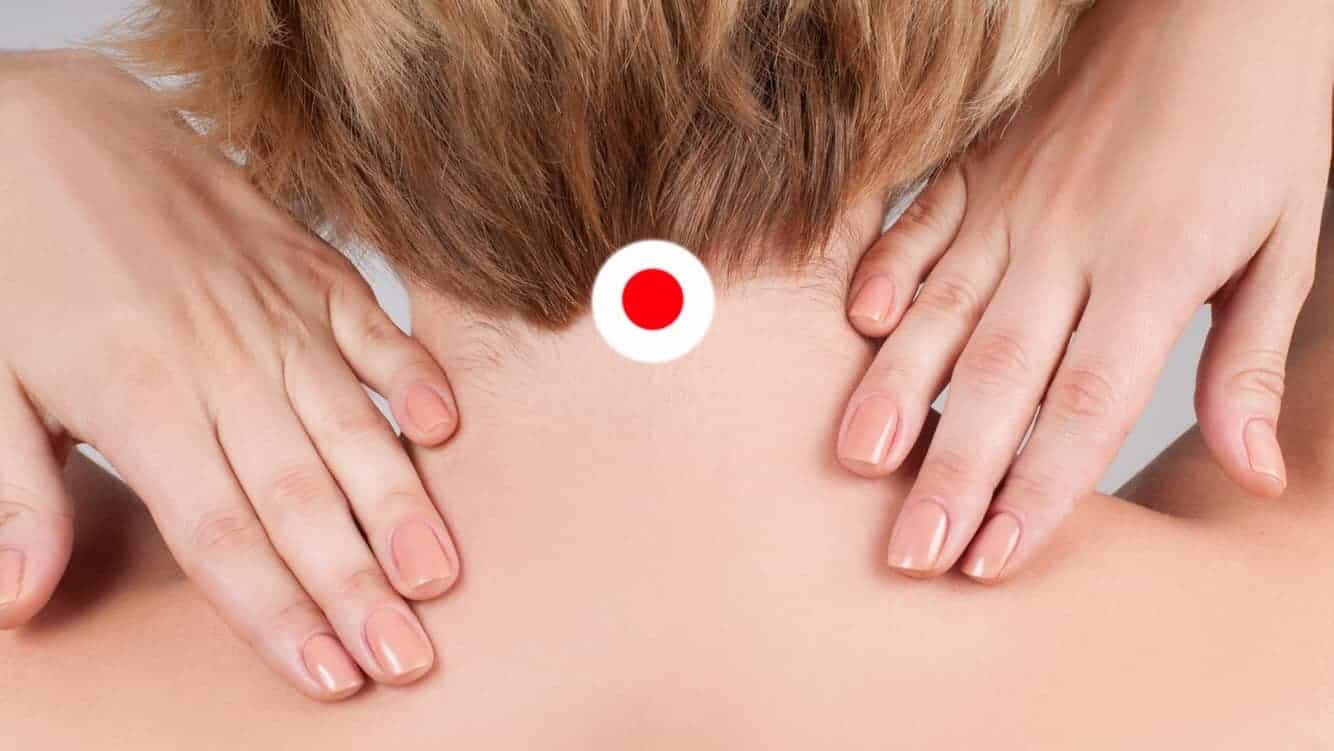“The National Institutes of Health (NIH) Consensus Development Conference (concluded) that acupuncture is emerging as an effective treatment for a broad range of conditions, (adding) that “… acupuncture may be useful as an adjunct treatment or an acceptable alternative…for other conditions, such as myofascial pain, low back pain, tennis elbow, carpal tunnel syndrome, osteoarthritis, headache, menstrual cramps, fibromyalgia, and asthma.” – The University of Minnesota
Medicine and … acupuncture?
In a recent article published in Scientific American, four of the five medical practitioners interviewed attest to some benefits of acupuncture. Needless to say, modern science based medicine isn’t fond of giving credibility to “alternative medicine.”
Just one of the five practitioners interviewed expressed an opinion that can only be described as outlandish. “There is a lot of money at stake for those who sell acupuncture – and a certain amount of fascination with New Age thinking,” says David Calhoun, “Almost all experiments show no difference between real and sham acupuncture.”
Calhoun’s profession? A pharmacologist – the field that reaps billions of dollars in profits from the sale of prescription drugs. It’s quite ironic that Dr. Calhoun lashes out at a medical specialty with “a lot of money at stake” when his area of area of expertise is the most profitable in all of healthcare.
Still, many medical practitioners either don’t acknowledge or significantly downplay any alternative therapy. Despite much evidence to the contrary, some within the medical community disavow the simple idea that a link exists between brain/mind and body.
Promisingly, four of the five interviewees gave some credibility to the practice of acupuncture: an anesthesiologist, acupuncturist, professor of complementary medicine, and a family physician/surgeon.
Why is this relevant?
Because the practice we’re going to talk about in this article involves the tenets of Chinese acupuncture. Per traditional Chinese medicine, this therapy rejuvenates the entire body and helps bring it back into its natural physiological state.
We’re going to discuss icing the Feng Fu point of the neck. We’re also going to describe how to perform the practice.
The inner skeptic within many of us believes it’s important to establish some credibility for any medical treatment – traditional or otherwise – that attempts to “sell itself.”
With that in mind, here are the main benefits of ice on your neck:
1. Improves sleep quality
Per Chinese medical texts, the Feng Fu point helps improve the quality of sleep. If you should suffer from problems falling and staying asleep, this method may be worth a shot.
2. Reduces PMS symptoms
Acupuncturists have long claimed an internal connection exists between the base of the skull and various PMS pain symptoms. Such links include abdominal pain, inflammation, and cramps.
As such, whether through acupuncture or an ice cube, the Feng Fu spot of the neck seems to connect with PMS pains.
3. Eases digestion
In addition to relieving abdominal pain, cramps, and inflammation, icing the Feng Fu area also reduces bloating, gas and indigestion.
The result is a smoother digestion process and mitigation of related stomach issues.
4. Reduces headaches
If you were to have an acupuncture chart in-hand, you’d be able to see the numerous connections between the Feng Fu spot and scalp areas. Icing this spot is thought to help reduce the pains associated with headaches.
5. Reduces fatigue and stress
Ancient Chinese medical texts were among the first to discover and expand upon the mind and body connection. Since then, prestigious institutions (Harvard Medical School), health agencies (National Institute of Health), and most modern scientists and medical practitioners have accepted the overwhelming evidence for such connections.
That said, acupuncturists often apply pressure to the Feng Fu spot of the neck to relieve physical and psychological symptoms, including stress and fatigue.
Currently, more research is underway to study the potential effects of acupuncture on depression, anxiety, and other mental health conditions. To date, the results from many studies have shown promise.
Here are a few other conditions symptoms where icing your neck may prove helpful:
– reduce asthma symptoms and episodes
– lower arthritic pains
– mitigate colds
– improve thyroid health
The Practice
First, locate the Feng Fu point:
- Lie down or lean your head forward. Using the index and middle fingers of your dominant hand, locate the base of your skull.
- Move your fingers until you feel the point where your neck meets the skull. This location feels like an indent – and is found at the center point of the neck and skull base.
Second, apply ice:
- Ice cube in hand, lie flat on your stomach. Make sure you feel comfortable and relaxed.
- Place an ice cube directly on the Feng Fu point.
- Ice the area for 15 to 20 minutes.














